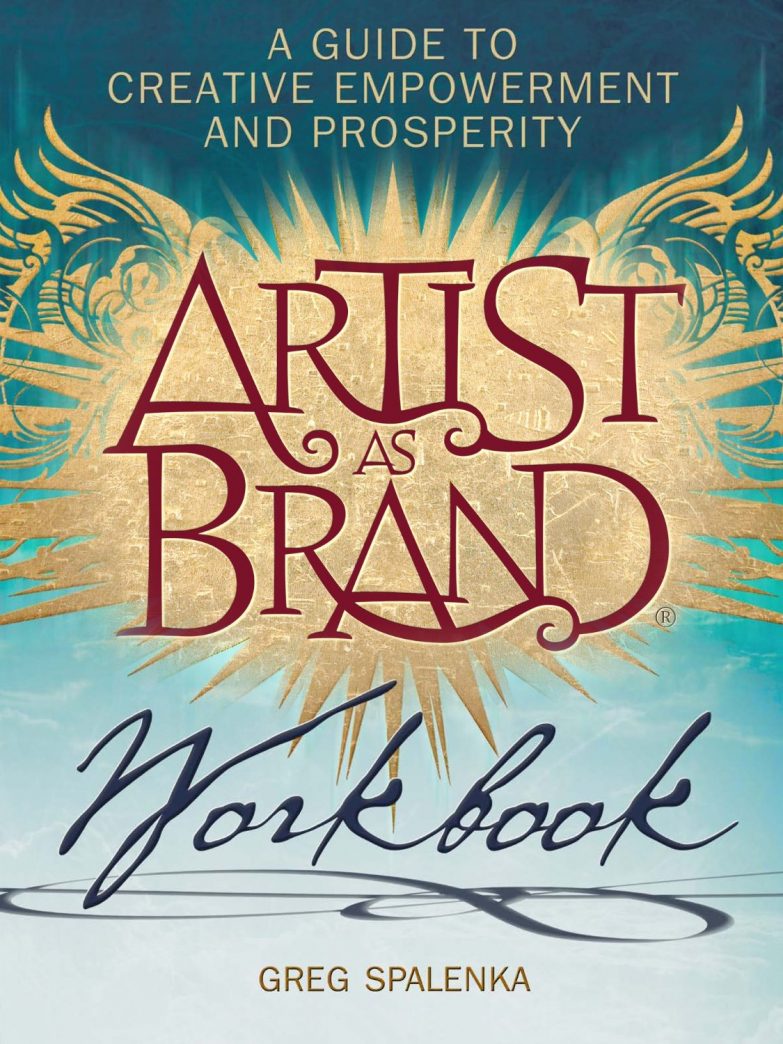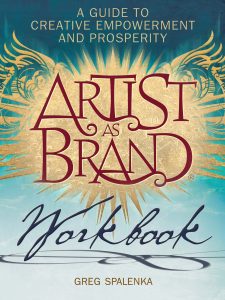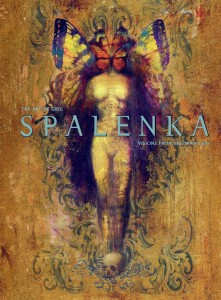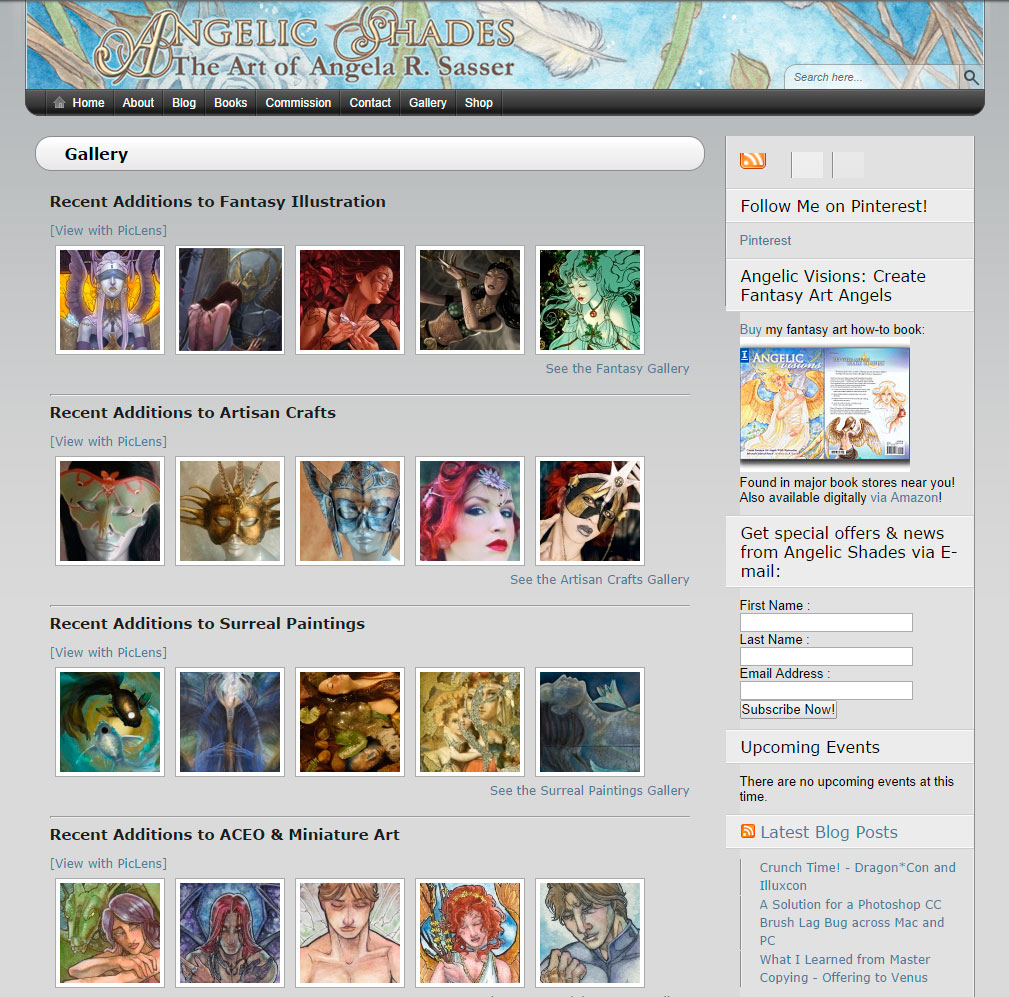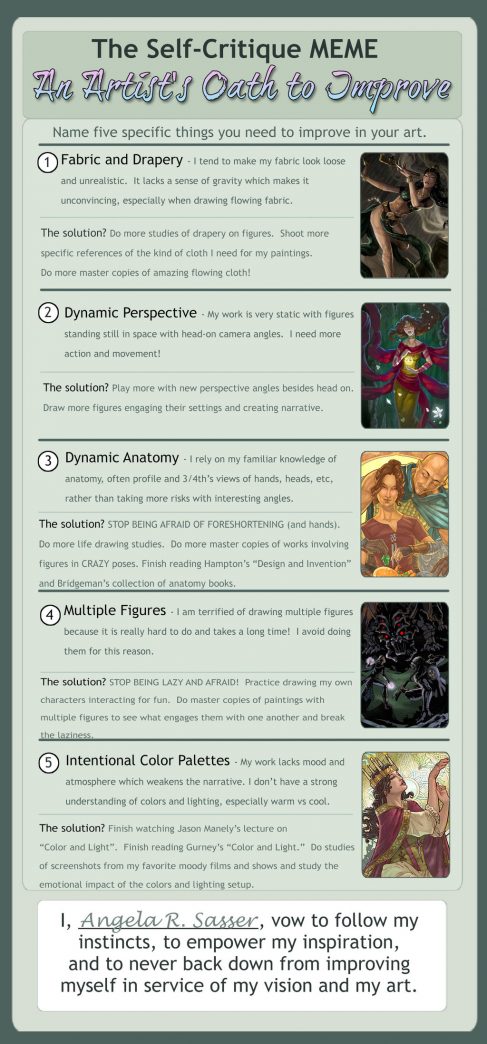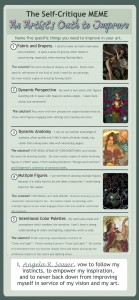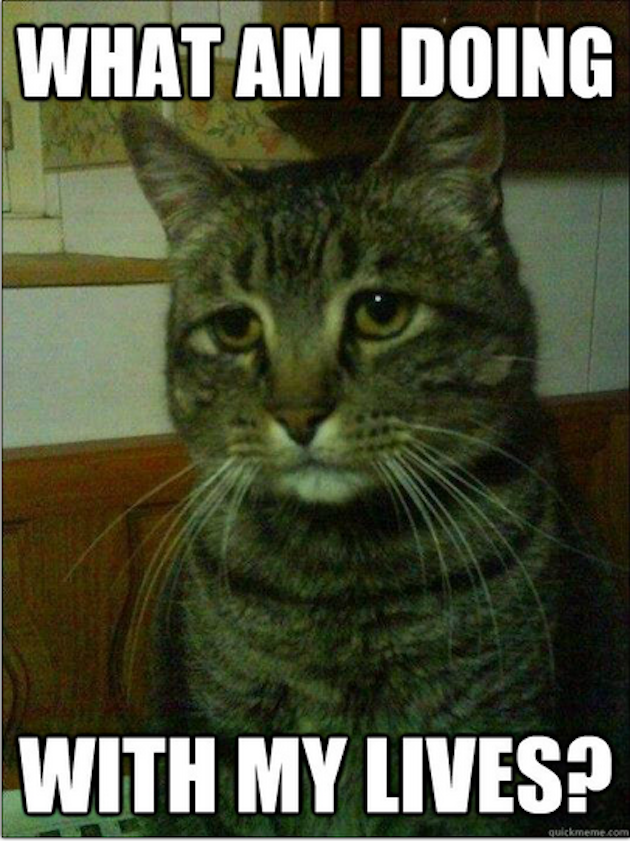
It’s been a long time since I wrote a personal/art career post here. The main reason for that has been the absolutely disastrous year I’ve been having. Rather than continue putting on a happy face, I thought an entry of candidness might be more helpful. After all, I started this journal because I wanted to talk about my journey as an artist and I want to stay true to that instead of let this place devolve purely into WIP’s and self-promotion.
This year started with my partner nearly dying from heart complications from bronchitis. Nearly dying being terrible enough on its own, the ensuing mentally draining recovery topped with an icing of medical bills made a perfect cake of disaster. The funny thing is, we were more prepared for this than most and those savings got us through a difficult time, including the time immediately after his recovery where my partner was let go from his job.
I’ve said in the past we’re a single income household, with my art bringing in some income, but not a lot. There followed another extremely stressful and depressing period where we both weren’t sure what was going to happen next. Even still, my partner reassured me that it was okay to continue trying to do art as my living (because he’s awesome and so, so loving). We had enough to live off of and emergency measures in place.
But I had something to prove. I didn’t want to be a money sinkhole when we were in such a period of turmoil. Here I was in my own little dream world trying to squeeze every penny out of my art, which only made it harder to create anything with that pressure to make everything I made worthwhile and profitable. I spent more days tied up in a lack of motivation and depression than producing anything at all.
As this year wore on and other medical catastrophes and setbacks happened, I hit a low point. I gave up for the briefest milliseconds on the notion that any of this struggling to be a professional was worth the suffering it was putting me (us) through. It felt like everywhere I went, people I respect were bombarding me with the fact I was especially failing this year, that I should be farther than I am. I needed to be stronger! My insistence that I could never show weakness and should react by working harder and beyond my limits only worked against me because I turned all of that stress inwards, causing my own physical and mental health to decline.
In a strange way, finally accepting defeat this year has been freeing. I have become increasingly aware of the long game and the shortness of life here on this earth. Entering the IP Development Mentorship with Robot Pencil earlier this year was a game changer for me. I have a lot of ideas I’ve always discredited because they weren’t producing results RIGHT now, but here were several professionals telling me my ideas are “F**king awesome”. I’m not sure I would have entered this mentorship otherwise if I hadn’t been in the place where I was just so tired of struggling and really wanted to give those unacknowledged passions a chance they would not have gotten otherwise while I was obsessing over proving myself.
It’s funny how we need permission to just do the thing we always wanted to do…
Luckily, we’re doing much better now. Kev has been making leaps and bounds with his recovery and has also found employment. We continue our game plan to let me build my art career a. And while I feel guilty for having this privilege when so many other artists don’t, I’m not going to squander this opportunity with guilt anymore because I’m trying to impress those who quantify success as merely money, when success in life is so much more than that. That path leads to elitism and becoming the kind of person and artist I don’t want to be. With our income stable for now, I have also started saying no to a lot of jobs that I feel aren’t going to advance me as far as my personal projects might.
I’m still terrified of the unknown and of waiting for another bad thing to happen, but I’m hoping that surviving one terrible year means we’re better equipped the next time.
I suppose if there’s any advice for other artists to take away from this, it’s that sometimes you have to embrace failure because it’s one of the best ways to learn how to do anything right, that other artists who you admire more often than not are projecting a self-image of success (even when it’s not true), and that doing so doesn’t make them any less of an artist. Also, try to save up backup funds for those rough times because they are waiting to sucker punch you in the gut when you least expect it!
Meanwhile, I’m still here…a little older and a little wiser.
